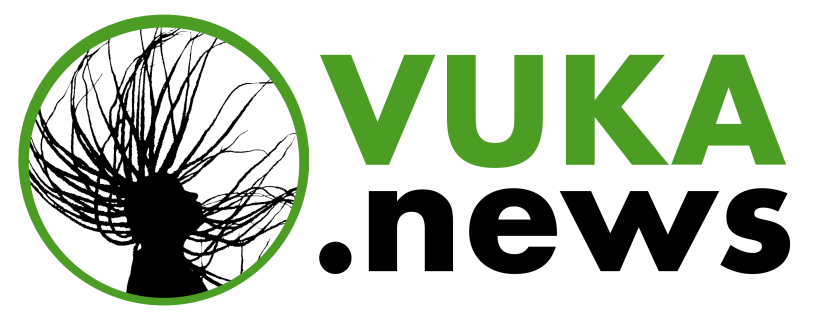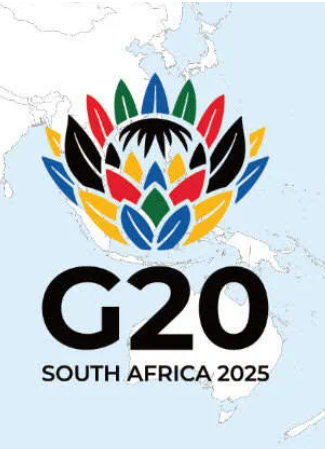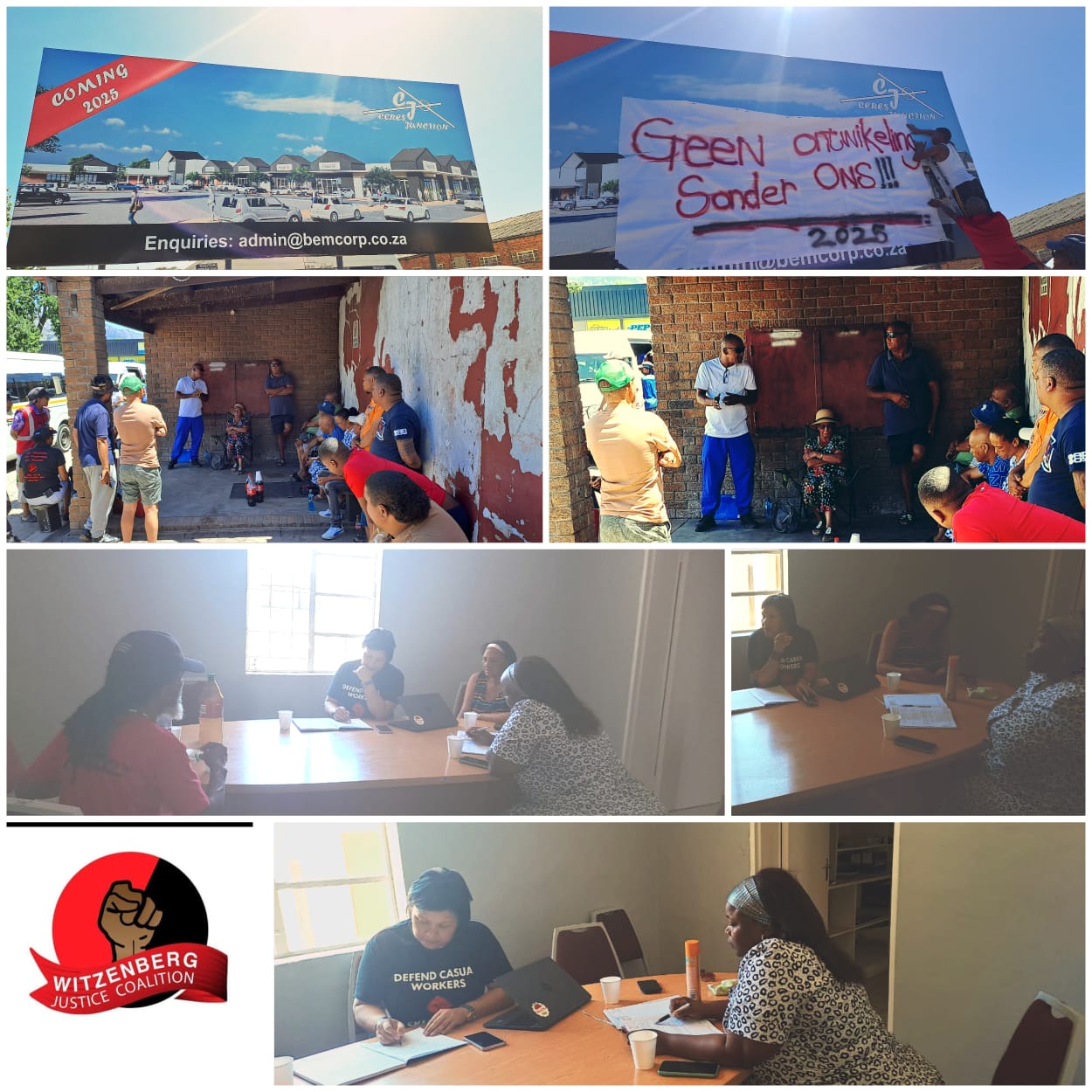This post was first published by SAFTU
BY SAFTU Admin
The South African Federation of Trade Unions (SAFTU) 𝗶𝘀 𝗻𝗼𝘁 𝘀𝘂𝗿𝗽𝗿𝗶𝘀𝗲𝗱 𝘁𝗵𝗮𝘁 𝘁𝗵𝗲 𝗱𝗲𝗯𝘁 𝘀𝘁𝗿𝗲𝘀𝘀 𝗳𝗼𝗿 𝗰𝗿𝗲𝗱𝗶𝘁 𝗵𝗼𝗹𝗱𝗲𝗿𝘀 𝗵𝗮𝘀 𝗯𝗲𝗲𝗻 𝗶𝗻𝗰𝗿𝗲𝗮𝘀𝗶𝗻𝗴 𝗶𝗻 𝗦𝗼𝘂𝘁𝗵 𝗔𝗳𝗿𝗶𝗰𝗮, 𝘄𝗶𝘁𝗵 𝗺𝗶𝗱𝗱𝗹𝗲-𝗰𝗹𝗮𝘀𝘀 𝘄𝗼𝗿𝗸𝗲𝗿𝘀 𝘁𝗮𝗸𝗶𝗻𝗴 𝘁𝗵𝗲 𝗴𝗿𝗲𝗮𝘁𝗲𝘀𝘁 𝗵𝗶𝘁. The latest credit stress report for the fourth quarter released by Eighty20 paints a grim picture, indicating that the interest rate hikes since November 2021 have worsened the debt levels for the credit holders.
The report shows that on average, 47% of income for all credit holders is spent on installments. A disaggregation of this figure shows that debt and credit repayment affect sections of society differently. The middle-class workers – a section of professionals made up of healthcare workers, educators, lawyers, etc. – spend 79% of their income on servicing credit through installments, followed by a contingent of the highly paid middle class (called heavy hitters) at 61% of instalment-to-net-income ratio.
The conditions for workers are certainly worse than the index shows because this is a conservative measure of overall debt levels. It only looks at types of credit such as credit cards, home loans, vehicle financing, retail accounts, and unsecured credit. It does not include all types of debt such as loans.
The servicing of these credit costs has increased as a result of the interest rate hikes since 2021, which took the repo rates from their lows at 3,50% in September 2021 to 8,25% today. This series of hikes took the prime lending rate to 11,75%. Given that banks add several percentage points to different types of credit, the real percentage increase is apparently higher than the prime lending rate.
To illustrate this, the credit stress report shows that installments have increased in the past 2 years dramatically. For middle-class workers, the installment-to-net income ratio has increased by 28% since November 2021.
The consequence of these increased credit servicing costs has been consumer default on credit repayments. The credit stress report shows that students and scholars, “hustling males”, “mass market contingent”, and “mothers of the nation” are the highest consumer defaulters, at over 50%. More than 40% of the middle class defaulted on their credits too.
It is, therefore, no mistake that many middle-class people have been struggling to keep up with the rising cost of living, especially when we include the rising cost of food baskets, electricity, fuel, and transport. The employment of domestic workers has arguably declined due to these rising costs of living, as middle-class workers can no longer afford to hire domestic workers.
If the South African Reserve Bank continues on its path of restrictive monetary policy, it will further strangle the credit holders who clearly cannot afford elevated credit and debt servicing costs. This is not to mention the general cost of living that has risen beyond affordability for many working-class households.






